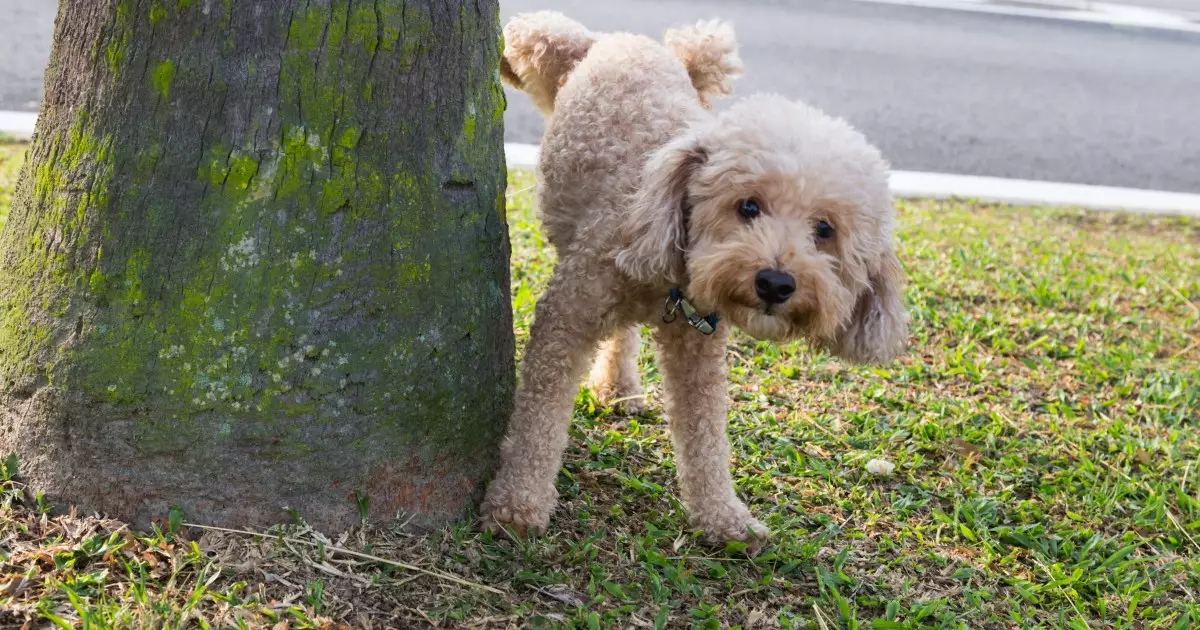Adopting an adult rescue dog can be a profound experience, loaded with promise yet occasionally fraught with obstacles. One common hurdle that many new dog owners face is housetraining. Contrary to popular belief, older dogs, especially those rescued from shelters, often exhibit inconsistent bladder control and may require significant retraining. Even dogs with prior housetraining experience might struggle, particularly if they were deprived of regular outdoor access during their time in the shelter. However, potential adopters should be reassured that retraining an adult dog is not only achievable but can often be accomplished more swiftly than with a puppy.
The Importance of Routine
Initiating a structured routine from the moment your adult dog joins your household is crucial. Studies and anecdotal evidence support the notion that dogs thrive on consistency. Establishing a daily schedule that includes regular bathroom breaks can profoundly influence the speed at which your new companion learns proper habits. Ideally, during the first week, your dog should have numerous chances to relieve itself, as this period is pivotal for both parties in establishing expectations and limits. If your work schedule prevents you from taking your dog out regularly, consider enlisting the help of a professional dog walker or a dependable friend. The primary aim during these initial days is to minimize indoor accidents, fostering an environment of trust and security.
The Crate: A Safe Harbor for Dogs
Crate training can be a powerful tool in mastering housetraining, provided it is implemented correctly. A crate functions similarly to a puppy’s den, serving as a space where dogs instinctively prefer not to soil. When choosing a crate, size is of the essence; it should be spacious enough for standing, turning, and lying down but not so roomy that your dog feels free to eliminate in one corner while resting in another. Strategically placing the crate in a busy area of your home can alleviate feelings of isolation, encouraging a calmer demeanor.
Guidelines for Successful Crate Training
For crate training to be successful, a few essential guidelines should be followed. Firstly, one must never confine a dog for longer than it can hold its bladder; otherwise, frustration and anxiety may manifest, negating the purpose of using the crate. Setting up a designated “elimination station” outdoors is equally essential; dogs are creatures of habit and are prone to returning to familiar spots for their business.
When you take your dog outside for bathroom breaks, remain calm and patient. Encouraging your dog with commands such as “Go potty” at the right moment can condition them to understand when and where they are supposed to relieve themselves. Reinforced by enthusiastic praise and high-value treats immediately after they comply, this positive feedback loop ensures that your dog associates outdoor bathroom habits with rewards, solidifying their understanding.
Managing Accidents with Grace
Accidents are an unfortunate but common part of the housetraining process, and how you respond can shape your dog’s learning experience significantly. If your dog has an accident indoors, never punish them unless you catch them in the act. Instead, a sudden noise can serve as a helpful interruption, allowing you the chance to usher them outside to finish. If they do eliminate outside, lavish them with praise to reinforce positive behavior.
It’s also critical to clean up any messes thoroughly so lingering smells do not encourage your dog to return to the same spot later. Opt for cleaning agents that contain enzymes specifically designed to eliminate odor instead of masking scents. Avoid ammonia-based solutions, which could result in your dog being drawn back to the area.
Creating Opportunities for Success
During the housetraining process, ensure your dog has ample opportunities to relieve itself throughout the day. This could involve taking your dog out first thing in the morning, before you leave for work, several times during the day, and before bed. As your dog becomes proficient, the number of required bathroom breaks can be reduced, aligning with standard practices for adult dogs.
Additionally, incorporating positive experiences such as walks and playtime reinforces the idea that outdoor time extends beyond just bathroom breaks. Allowing your dog to explore and have fun outside can encourage them to hold their bladder longer, fostering a stronger association between outdoor time and positive outcomes.
While transitioning an adult rescue dog to a fully housetrained member of your home demands patience and commitment, the rewards of building a harmonious relationship through understanding and positive reinforcement make the endeavor worthwhile. The transformative journey of rehousing and reclaiming a dog’s trust enriches both the owner and the pet, underscoring the remarkable bond that accompanies such endeavors.

